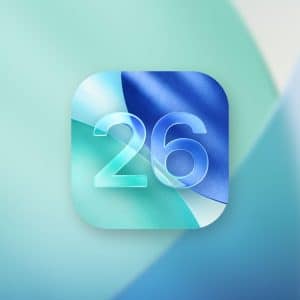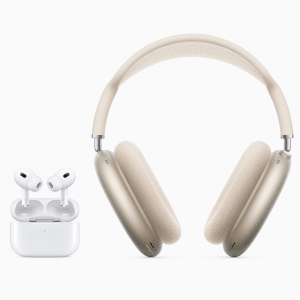Since its launch in 2020, Apple Fitness+ has carved out a unique space in the fitness industry. The service offers thousands of studio-quality workouts and meditations, ranging from 5 to 45 minutes, tailored to various skill levels. A recent update for 2025, announced by Apple, introduced a progressive strength training program, a pickleball conditioning course led by champion Catherine Parenteau, and a breath meditation series to manage stress. The Artist Spotlight series, featuring playlists from Janet Jackson and Coldplay, adds a fun, cultural hook. Integration with Strava, allowing detailed workout sharing, further enhances its appeal for fitness enthusiasts.
The Apple Watch is the backbone of this experience, tracking heart rate, calories, and activity rings, which display real-time on your iPhone, iPad, or Apple TV during workouts. According to Forbes, Fitness+’s high production values and inclusive approach make it a standout, with trainers guiding users through every session. Posts on X praise its motivational features, with users noting how activity rings gamify exercise, encouraging daily movement. Yet, this reliance on the Apple Watch creates a barrier for those who prefer other wearables or none at all.
The Case for Broader Compatibility
Not everyone loves the Apple Watch’s form factor. Some users find smartwatches bulky, prefer analog timepieces, or rely on devices like Fitbit, Garmin, or Oura Ring for fitness tracking. Others, as noted in a 9to5Mac report, simply don’t want to wear a smartwatch but still crave Fitness+’s guided workouts. This limitation restricts Apple’s potential audience, especially as competitors like Peloton and Fitbit Premium support multiple devices, including smartphones and third-party trackers.
Opening Fitness+ to other wearables would be a game-changer. For example, integrating with Fitbit could allow users to sync heart rate and calorie data, mirroring the Apple Watch experience. Garmin users, often endurance athletes, could benefit from Fitness+’s strength and yoga programs without switching devices. Even smartphone-only tracking, using motion sensors for basic metrics, could make Fitness+ accessible to those without wearables. This move would align with Apple’s 2025 Fitness+ ethos, as stated by Jay Blahnik, Apple’s VP of Fitness Technologies, to “support everyone’s unique fitness and wellness journey.”
Why It Matters for Users
Broader compatibility would democratize Fitness+, appealing to a wider range of tech users. Casual exercisers could try a yoga session on their iPhone without investing in an Apple Watch, while dedicated athletes using specialized trackers could incorporate Fitness+’s pickleball or strength programs into their routines. According to Bloomberg, Apple is exploring AI-driven features, like using iPhone cameras to analyze workout form, which could further enhance a device-agnostic approach. Such flexibility would make Fitness+ a more versatile tool, meeting users where they are—whether they’re Apple loyalists or not.
This shift could also boost Apple’s market share. Fitness+ subscriptions, priced at $9.99/month or $79.99/year, drive recurring revenue, but the Apple Watch requirement limits growth. Opening the platform could attract users in emerging markets, where Apple Watch adoption is lower, and compete more directly with budget-friendly apps like Nike Training Club. X users have speculated that Apple might test this in 2025, citing the Strava integration as a step toward broader ecosystem compatibility.
Challenges and Tradeoffs
Expanding compatibility isn’t without hurdles. The Apple Watch’s deep integration ensures a polished experience—heart rate data syncs instantly, and activity rings tie into Apple’s Health app. Replicating this with third-party devices would require robust APIs and partnerships, potentially compromising seamlessness. Privacy, a core Apple value, could also be a concern when syncing data from non-Apple devices. Additionally, Apple’s business model thrives on ecosystem lock-in; loosening the Apple Watch requirement might reduce watch sales.
Still, the benefits outweigh the risks. Apple has a history of adapting to user needs, as seen with its recent Strava collaboration, which improved workout data sharing. A phased approach—starting with major trackers like Fitbit and Garmin, then expanding to smartphone-only tracking—could maintain quality while broadening reach. The 9to5Mac report suggests Apple is aware of this opportunity, noting that unlocking Fitness+ from the Apple Watch could “take it to the next level.”
A Step Toward Fitness for All
Apple Fitness+ is already a leader in digital fitness, with its 2025 lineup offering innovative programs and star power. Yet, its Apple Watch dependency limits its potential. By embracing other fitness trackers and smartphone-based tracking, Apple could make Fitness+ a universal fitness hub, appealing to everyone from casual movers to hardcore athletes. This upgrade would not only enhance user experience but also position Apple to dominate the growing fitness tech market, ensuring Fitness+ remains a must-have for anyone looking to stay active in 2025 and beyond.









